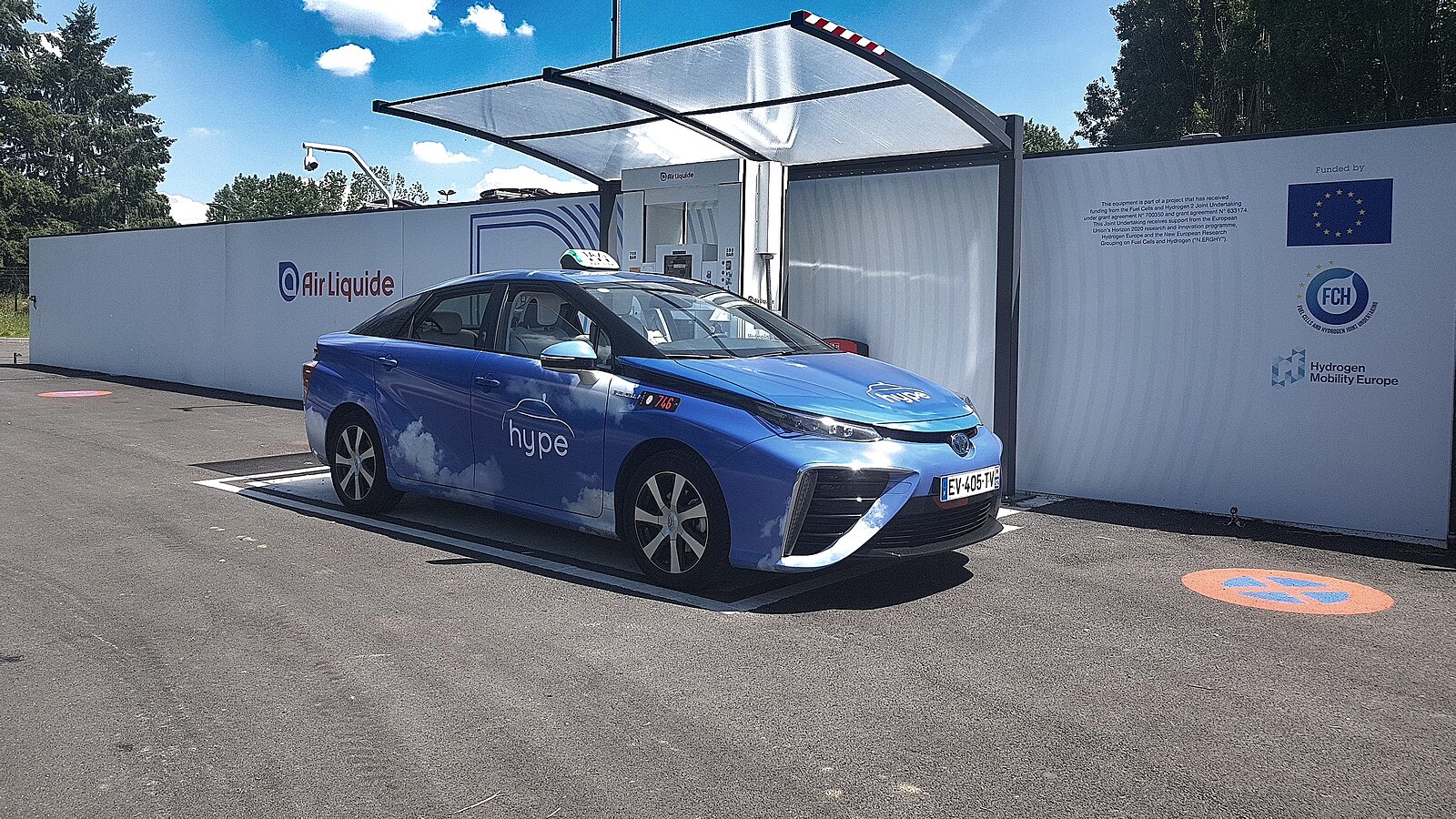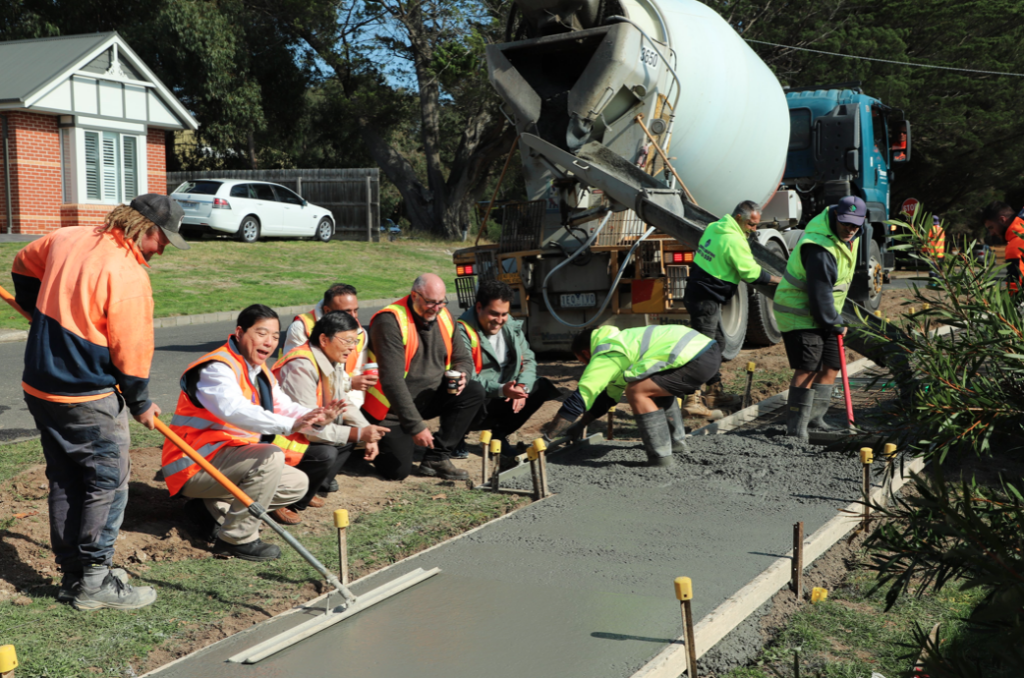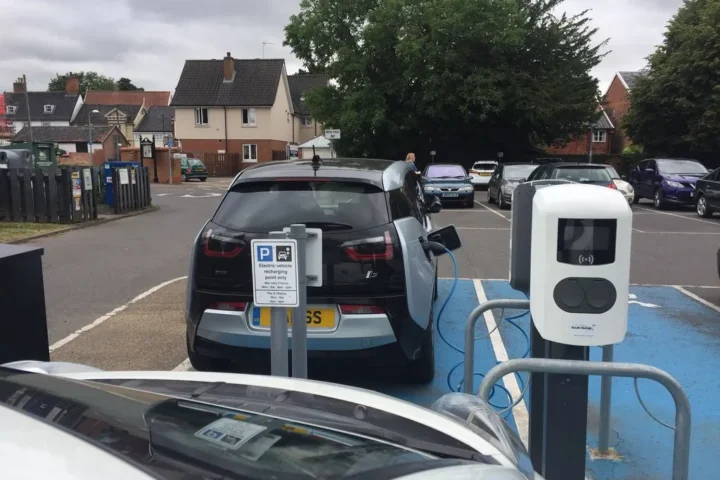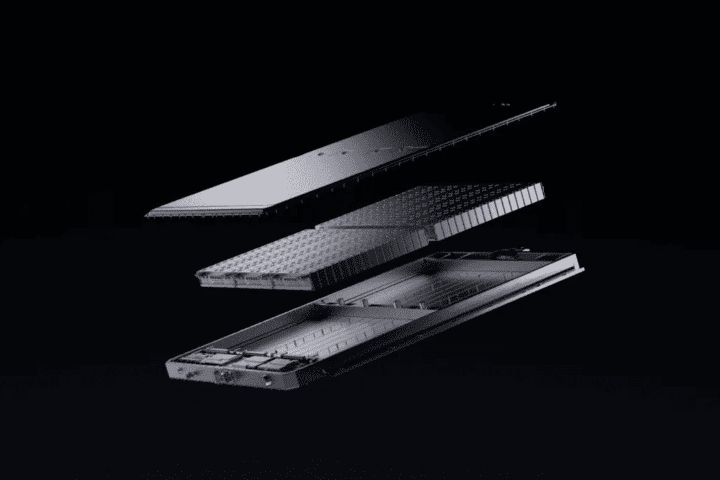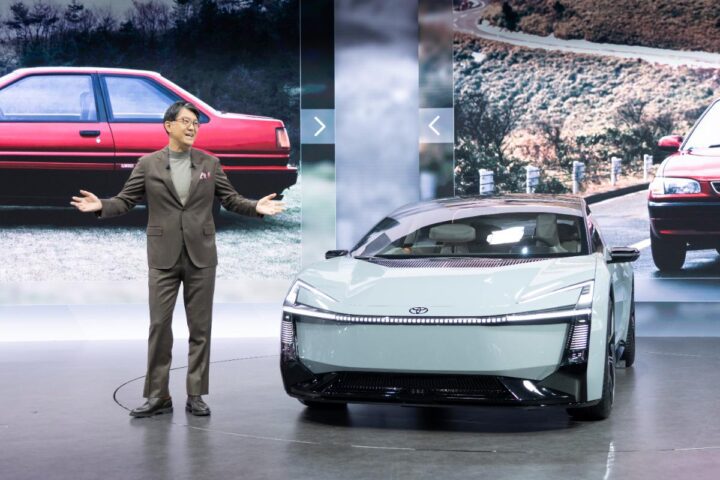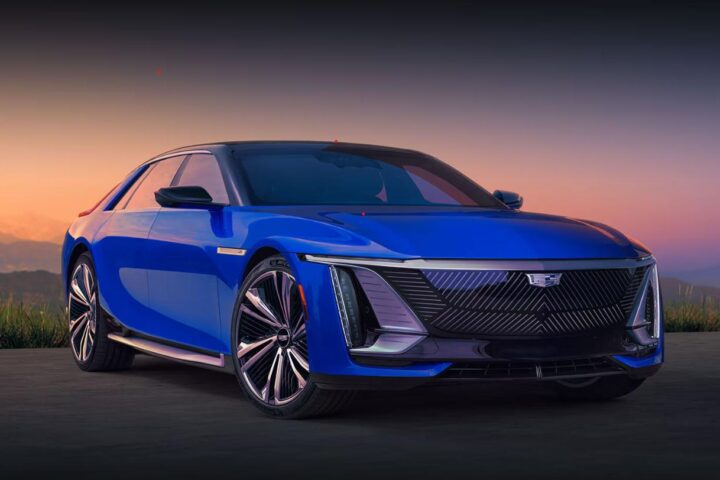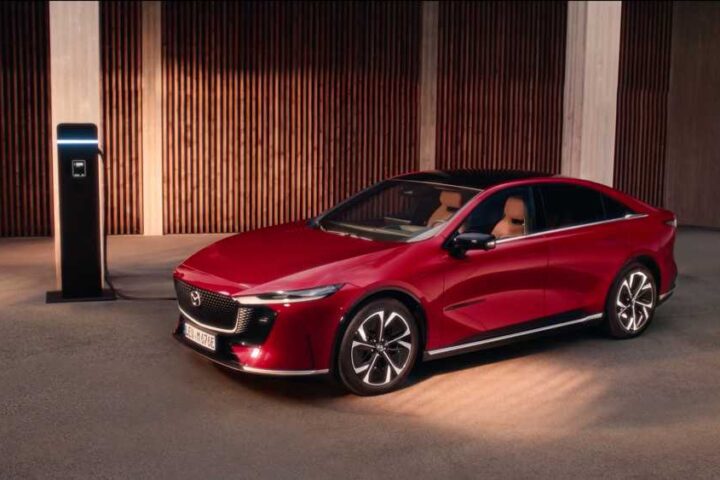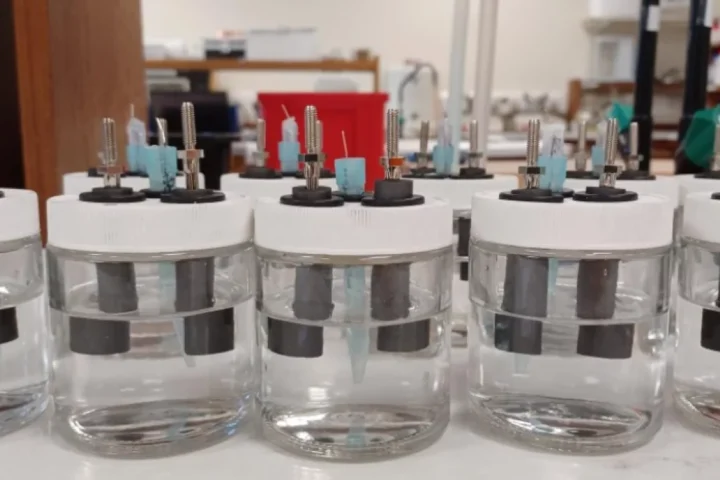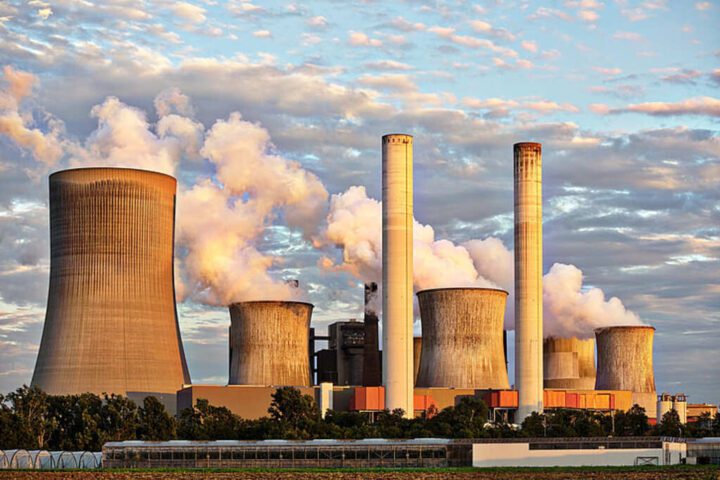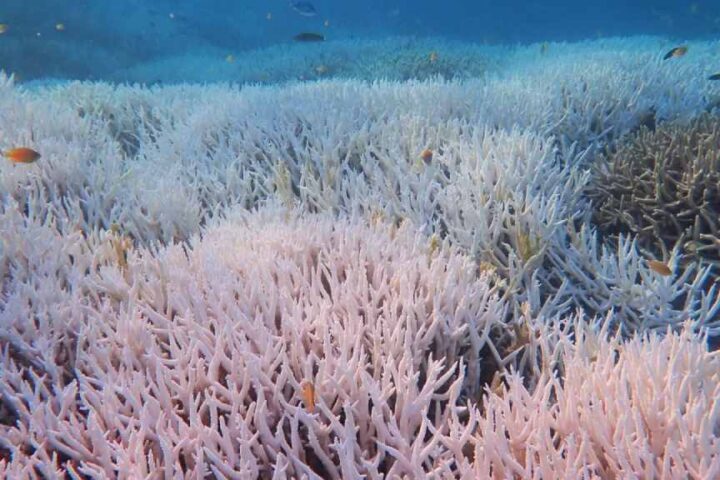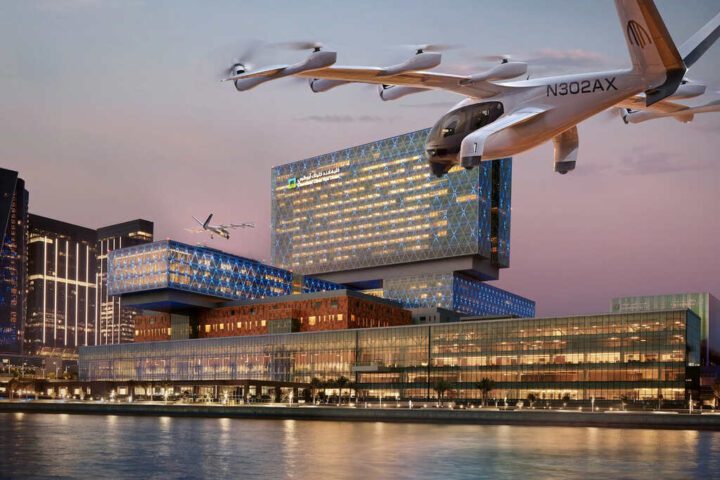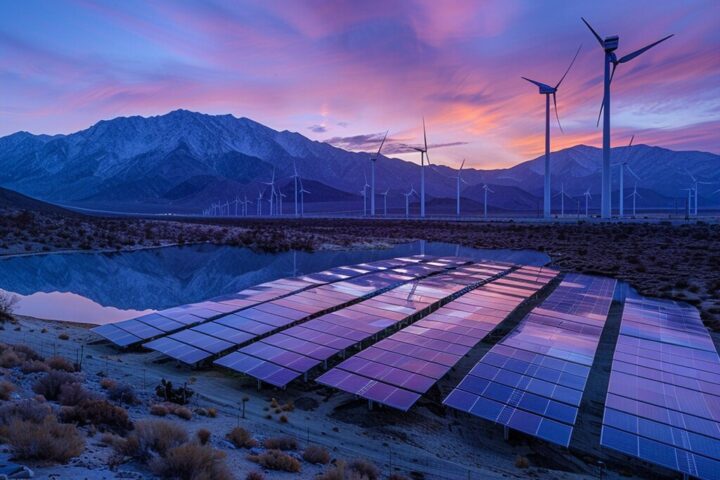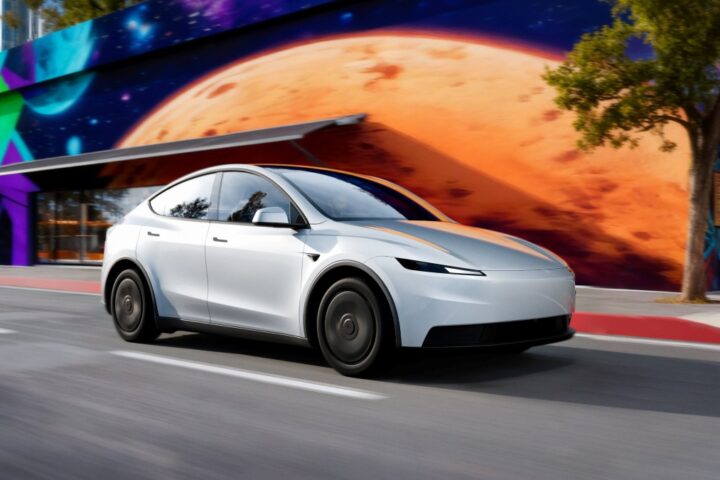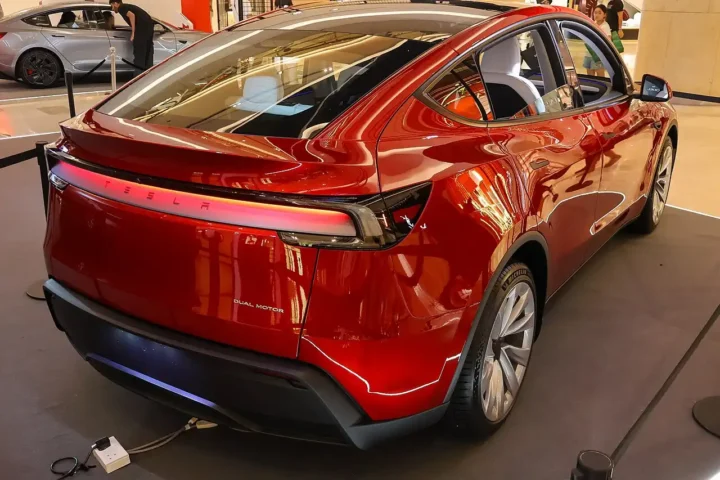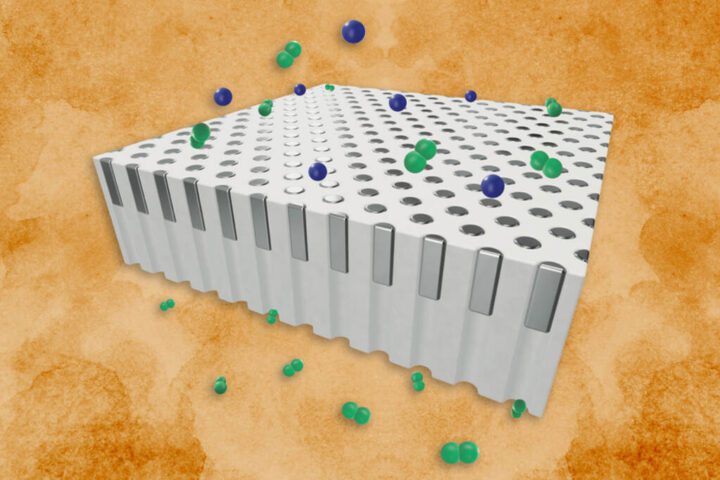The European Commission (EC) has approved state aid of up to €1.4 billion granted by Spain and six other Member States for the fourth Important Project of Common European Interest (IPCEI) to support the deployment of hydrogen infrastructure in the mobility and transportation sectors. In the project, named ‘Hy2Move’, Spain is joined by Germany, Slovakia, Estonia, France, Italy, and the Netherlands, which will provide up to €1.4 billion in public funding, expected to unlock an additional €3.3 billion in private investments.
A total of 11 companies with operations in one or more Member States are involved in this project, including small and medium-sized enterprises and startups, which will undertake 13 innovative projects.
“Hy2Move covers 13 projects put forward by 11 companies. Some are very large industrial players. Small and medium-sized enterprises and start-ups participate as well. Hy2Move also has over 200 partners.”
explained European Commission Vice President Margrethe Vestager, specifying that it will involve 200 partners.
‘Hy2Move’ will cover the development of hydrogen production technologies for mobility and transportation applications, particularly to supply hydrogen refueling stations with pressurized hydrogen at 99.99% purity. European Competition Commissioner Margrethe Vestager highlighted in a press conference that this project will contribute to the EU’s objective of reducing emissions from the mobility and transportation sectors by 90% to achieve climate neutrality by 2050.
Similar Post
“There are four workstreams, which cover mobility and transport applications across the hydrogen value chain.
First, it is about how to integrate hydrogen technologies in transport means. For instance, one project is to design the platforms to integrate fuel cell technology into buses and into trucks.
Second, developing fuel cell technologies, which would use hydrogen to generate electricity. For instance, developing a fuel cell and a fuel cell module with sufficient power to move ships and trains.
Third, developing on-board storage solutions for hydrogen. As an example, a project is about how to develop a lightweight, yet robust hydrogen tank for a small hydrogen-powered aircraft, ensuring safety and efficiency in flight conditions.”
Margrethe Vestager, Executive Vice-President in charge of competition policy
After the three workstreams that focus on developing hydrogen-powered transport vehicles, the fourth workstream is about developing technologies to produce the hydrogen that goes into these vehicles. In particular, one project develops the technology for supplying hydrogen refuelling stations on-site with pressurised, “fuel-cell-grade” hydrogen.
The IPCEI ‘Hy2Move’ complements the three previous projects on the hydrogen value chain already approved by the European Commission: ‘Hy2Tech’, focusing on hydrogen technologies for end-users; ‘Hy2Use’, targeting hydrogen applications in the industrial sector, and ‘Hy2Infra’, referring to investments in infrastructures not covered by the first two IPCEIs. On the other hand, ‘Hy2Move’ focuses exclusively on the specific challenges and objectives posed by hydrogen technology in mobility and transportation applications.
The completion of the overall IPCEI is scheduled for 2031, with timelines varying depending on individual projects and involved companies, and the creation of more than 3,600 jobs is anticipated. Germany, Slovakia, and Spain included the Hy2Move program in their Recovery Plans, so they could partially finance their projects with these funds. “The IPCEI Hy2Move approved today is an example of truly ambitious European cooperation for a key common objective. It also shows how competition policy works hand in hand with breakthrough innovation,” Margrethe reiterated.
